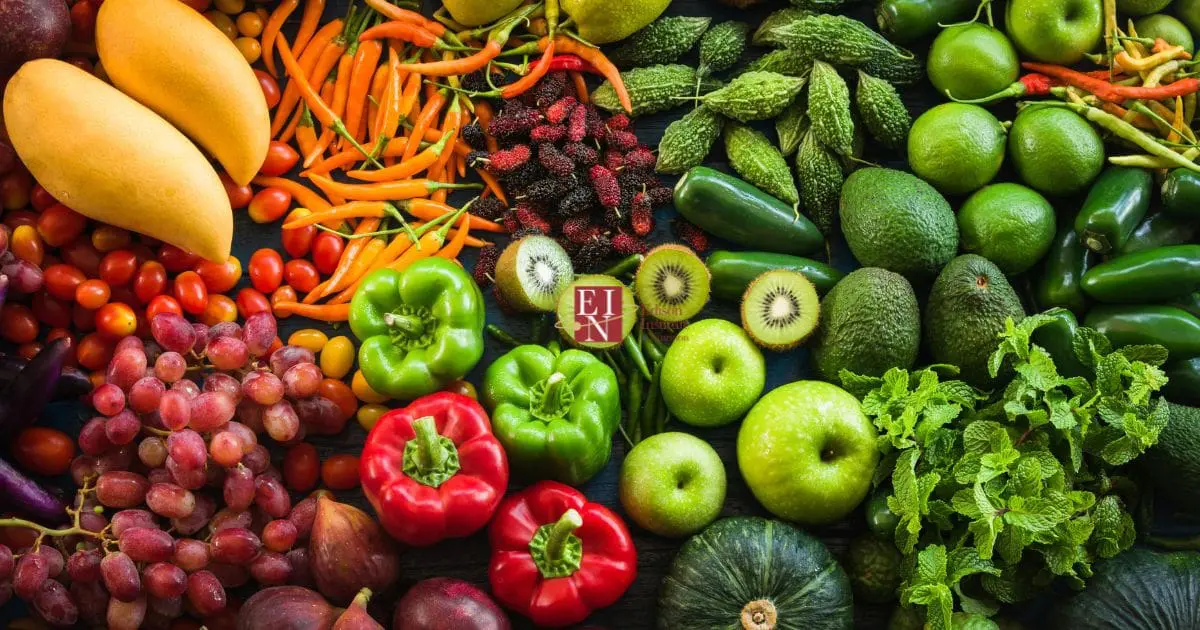
If you live with type 2 diabetes, you know diet plays a huge role in managing this condition.
Knowing where to start when it comes to nutritional information can feel overwhelming.
In the age of technology where information is bountiful, it can be a struggle to sort out which dietary tips can help manage type 2 diabetes, and which do more harm than good.
Here at Edison Institute of Nutrition, we have a wide variety of different students who decide to seek out school for holistic nutritionists.
However, it’s not uncommon of for people who’ve found ways to manage a health condition through nutrition to seek out our Diploma in Holistic Nutrition program.
After all, if you can help yourself, you can help others as well.
And because about 10% of adults in Canada are living with diabetes, and 90% of those cases are type 2 Diabetes according to data from the Government of Canada, it’s a good bet that sooner or later you’ll see somebody in your practice who has it.
Of course, you’ll learn a lot more about how to address type 2 diabetes while studying at Edison Institute of Nutrition.
In this article, however, we’ll take a beginner’s look at how holistic nutrition can be used to help individuals with type 2 Diabetes.
Keep reading to learn more.
What Is Type 2 Diabetes?
Many people think of diabetes as a condition where the body doesn’t produce enough (or any) insulin.
This is only true of type 1 diabetes.
Type 2 diabetes is when cells in the body stop responding to insulin or are resistant to it.
Without proper response to insulin, you can develop hyperglycemia or high blood sugar, which has negative long term impacts on every area of your body.
Having type 2 diabetes means your body can no longer break down sugars and starches the way it needs to anymore.
But here’s the thing, proper diet and nutrition can actually delay or even reverse the impacts of type 2 diabetes.
Are you concerned that you or someone you know might have type 2 diabetes?
In this next section we’ll take a look at the symptoms.
Type 2 Diabetes Symptoms
The tricky thing about type 2 diabetes is that early warning signs can be easy to miss.
If you’re experiencing any of the following symptoms of type 2 diabetes, it’s a good idea to consult with a medical professional.
- Feeling thirsty often or more than you used to, especially during the night
- Experiencing blurred vision
- Feeling abnormally tired and hungry
- Craving sweets and carbs
- Having a dry mouth and itchy skin
- Frequent urination
These symptoms may not seem like a big deal, but it’s far better to know and intervene early than to wait and suffer the long term impacts of undiagnosed and untreated diabetes.
Sometimes, if diabetes goes undiagnosed and glucose levels are high for a long period of time, people with type 2 diabetes may also experience yeast infections, slow healing wounds, numbness in the legs, nausea, and unexpected weight loss.
At this point, you might be wondering if there’s anything you can do to minimize the risk of getting type 2 diabetes.
In this next section we’ll look at the environmental factors that can increase the risk of getting type 2 diabetes.
Environmental Factors That Can Increase Risk Of Type 2 Diabetes
What causes type 2 Diabetes?
It’s common knowledge that lack of exercise, poor diet, family history and emotional issues can all contribute to the cause of type 2 Diabetes.
What’s less commonly known is that some scientists think there might be a link between frequent exposure to certain chemicals in the environment and type 2 Diabetes.
While this is still being explored, the following environmental pollutants are now considered risk contributors to type 2 Diabetes.
- Arsenic
- BPA
- Cadmium
- Mercury
- Persistent organic pollutants
- Artificial sweeteners
While there’s not a lot you can do to avoid some of these environmental factors, there are small actions you can take such as ensuring containers you eat and drink from like your water bottle are BPA free.
How To Treat Type 2 Diabetes Using Holistic Nutrition
It seems like every day someone is recommending a new diet trend.
When you open up your social media feed or flip through a lifestyle magazine, it’s a nutritional free-for-all.
So, let’s take a look at some real, concrete holistic nutrition tips for managing type 2 Diabetes.

1. Eliminate (Or Seriously Reduce) Refined Carbs
Breads, pastas and pastries are all without a doubt delicious, but are they worth risking your health?
Refined carbohydrates spike blood sugar levels and trigger an insulin response which can be quite harmful to someone with type 2 Diabetes.
If you’re not sure you can kick refined carbs to the curb, start small. Purchase whole grain 100% rye bread instead of white or whole wheat bread and try spelt or quinoa pasta.
Keep highly processed packaged foods and refined carbohydrates out of your shopping cart and keep an eye on nutritional labels to assess the sugar and carb content.
2. Include More Healthy Fats
Fat.
When it comes to nutrition, it’s a word that gets associated with bad things, but healthy fats are an important part of a balanced diet for individuals with type 2 Diabetes – and everyone else for that matter.
Healthy fats can include:
- Coconut oil
- Extra virgin olive oil
- Avocado
- Salmon
- Sardines
- Nuts and seeds
- Grass fed butter
While unhealthy fats such as trans fats are something you’ll want to avoid, healthy foods can reduce the effects of carbs in your meal and help control your blood sugar.
It’s all about balance.
Incorporating healthy fats into a balanced meal will slow sugar and carbohydrates from getting into your blood stream and they will keep you satiated for a longer period
They are also good for your vascular system because healthy fats contain anti inflammatory properties.
3. Make Sure You Get Enough Protein
It’s a habit many struggle with that can be difficult to break.
It’s also one of the reasons getting enough protein in each meal can help someone with type 2 Diabetes.
It takes the body longer to digest proteins which means you’ll feel fuller for longer and will be more likely to resist the temptation to snack between meals.
Protein rich food also has the following additional benefits:
- It helps you maintain lean muscle mass
- Your body uses protein to repair cells
- Protein doesn’t increase blood sugar whereas as all carbohydrates do.
- It offers variety (eggs, meat, poultry, seeds, nuts, and fish are all proteins)
While proteins have many benefits, it is important to monitor the amount of red meat you consume because these rich foods can be high in saturated fat.
It’s always best to choose grass fed, pasture raised meats because they have less saturated fats and toxins.
Of course, there are plenty of protein sources that don’t come from meat as well, so this holistic nutrition approach works for vegetarians too.
But don’t worry, monitoring what you eat is something you can take into consideration as we go through next section and look at the benefits of planning your meals ahead.
4. Plan Your Meals Ahead
One of the many benefits of the internet, is the ability to look up tons of great recipes.
If you can figure out what you want to make ahead of doing your grocery shopping, you’ll be more likely to stick to a plan and less likely to buy unnecessary or unhealthy snacks.
Are you a grocery store wanderer?
If you have a tendency to make impulse purchases, make sure you write a grocery list and stick to it.
By planning your meals and only buying what you need, you’ll help yourself stick to a nutritional plan.
Do not go grocery shopping if you are hungry.
Contact Edison Institute of Nutrition Today
Are you inspired by how using holistic nutrition can help individuals with type 2 Diabetes?
Contact Edison Institute of Nutrition to start your journey towards becoming a holistic nutritionist.
